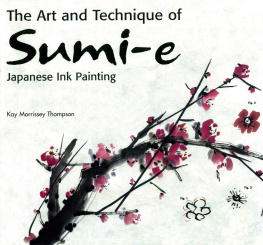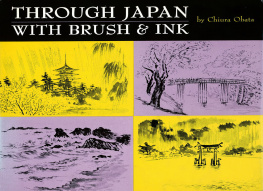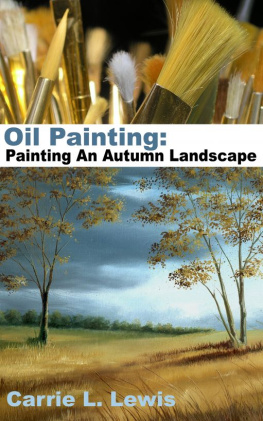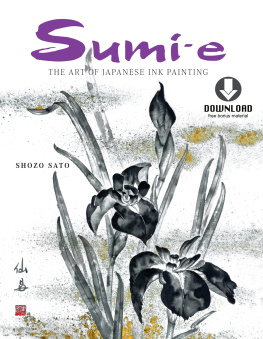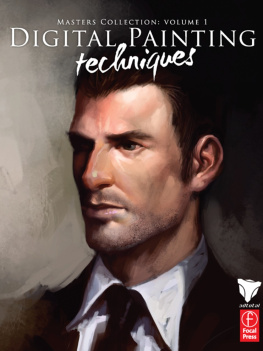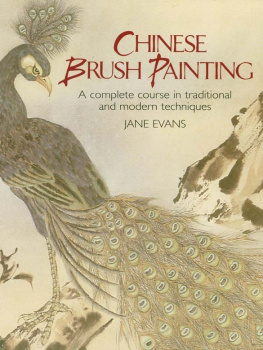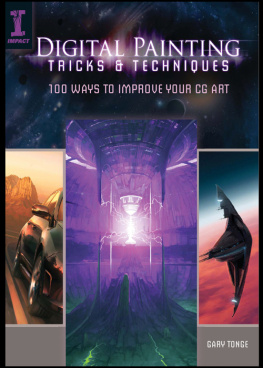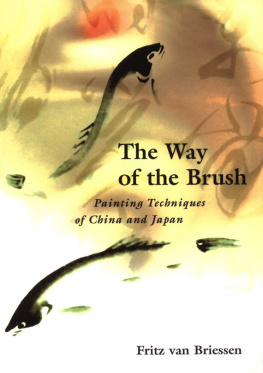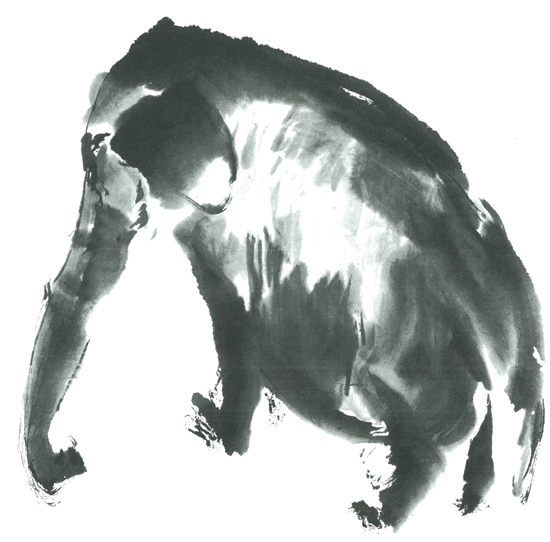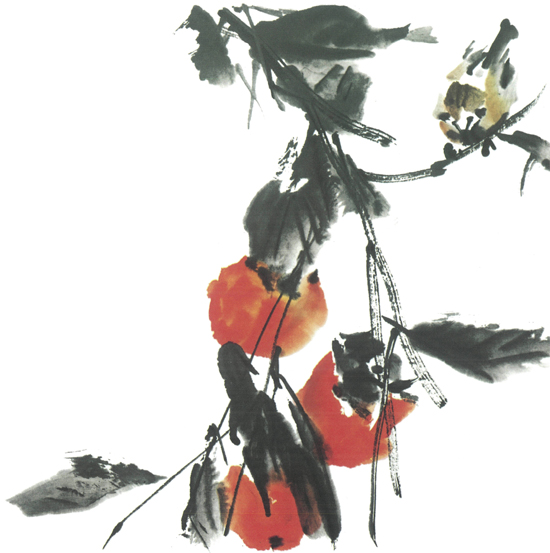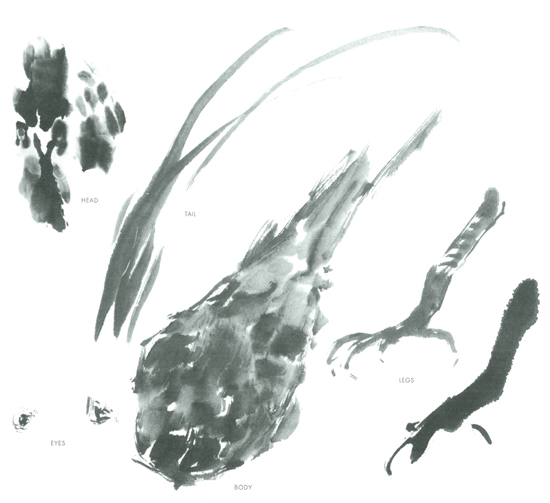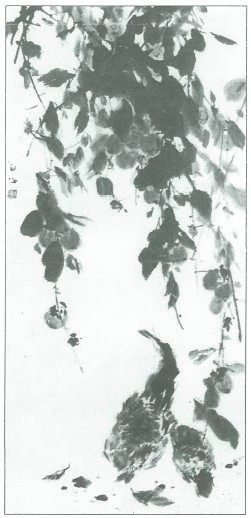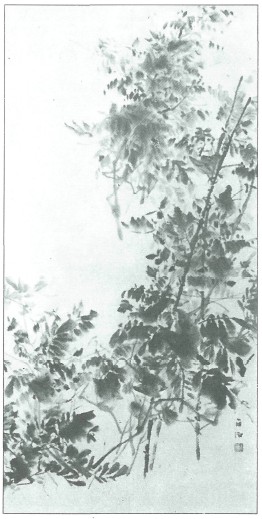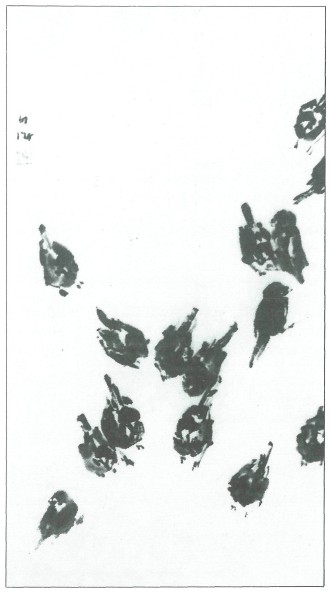Kay Morrissey Thompson - The Art and Technique of Sumi-E Japanese Ink Painting: Japanese Ink Painting as Taught by Ukao Uchiyama
Here you can read online Kay Morrissey Thompson - The Art and Technique of Sumi-E Japanese Ink Painting: Japanese Ink Painting as Taught by Ukao Uchiyama full text of the book (entire story) in english for free. Download pdf and epub, get meaning, cover and reviews about this ebook. year: 2017, publisher: Tuttle Publishing, genre: Home and family. Description of the work, (preface) as well as reviews are available. Best literature library LitArk.com created for fans of good reading and offers a wide selection of genres:
Romance novel
Science fiction
Adventure
Detective
Science
History
Home and family
Prose
Art
Politics
Computer
Non-fiction
Religion
Business
Children
Humor
Choose a favorite category and find really read worthwhile books. Enjoy immersion in the world of imagination, feel the emotions of the characters or learn something new for yourself, make an fascinating discovery.
- Book:The Art and Technique of Sumi-E Japanese Ink Painting: Japanese Ink Painting as Taught by Ukao Uchiyama
- Author:
- Publisher:Tuttle Publishing
- Genre:
- Year:2017
- Rating:5 / 5
- Favourites:Add to favourites
- Your mark:
The Art and Technique of Sumi-E Japanese Ink Painting: Japanese Ink Painting as Taught by Ukao Uchiyama: summary, description and annotation
We offer to read an annotation, description, summary or preface (depends on what the author of the book "The Art and Technique of Sumi-E Japanese Ink Painting: Japanese Ink Painting as Taught by Ukao Uchiyama" wrote himself). If you haven't found the necessary information about the book — write in the comments, we will try to find it.
Explore the ancient technique of Japanese ink painting.
The art of sumi-e, which literally means ink picture, combines calligraphy and ink-painting to produce brush painting compositions of rare beauty. This beauty is paradoxicalancient but modern, simple but complex, bold but subduedno doubt reflecting the arts spiritual basis in Zen Buddhism. At the same time sumi-e painting is firmly rooted in the natural world, its various techniques serving as the painters language for describing the wonders of nature.
Buddhist priests brought the ink stick and the bamboo-handled brush to Japan from China in the sixth century, and over the past fourteen centuries Japan has developed a rich heritage of ink-painting. Today the artistry of sumi-e can be admired in books, reproductions and museums, but the techniques of the art have been much less accessible. As a result, little information has been available to the inquisitive Western artist attracted to Japanese sumi-e. This book, designed to help remedy that deficiency, is the product of the authors study with her teacher, Ukai Uchiyama, master calligraphist and artist. It contains extensive explanations of technique as well as detailed painting instructions and diagrams.
Kay Morrissey Thompson: author's other books
Who wrote The Art and Technique of Sumi-E Japanese Ink Painting: Japanese Ink Painting as Taught by Ukao Uchiyama? Find out the surname, the name of the author of the book and a list of all author's works by series.

